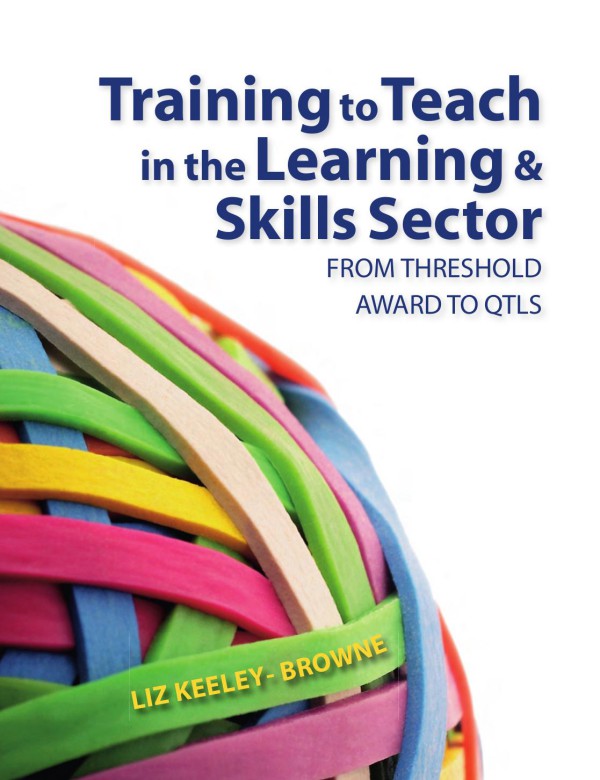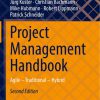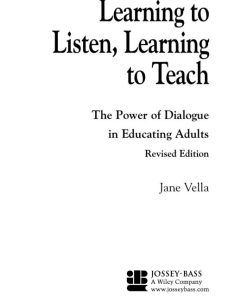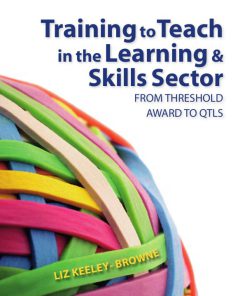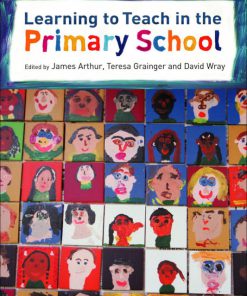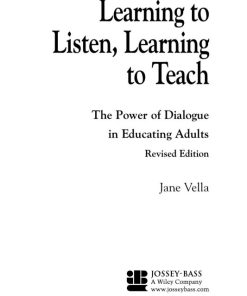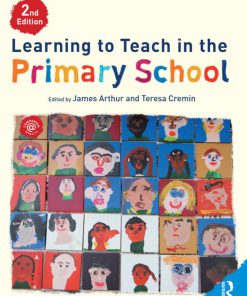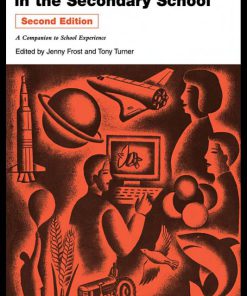Training to Teach in the Learning and Skills Sector From Threshold Award to QTLS 1st Edition by Liz Keeley Browne 1138411043 9781138411043
$50.00 Original price was: $50.00.$25.00Current price is: $25.00.
Authors:Liz Keeley-Browne , Series:Education [61] , Tags:Education; Teaching; General , Author sort:Keeley-Browne, Liz , Ids:9781405812382 , Languages:Languages:eng , Published:Published:Sep 2007 , Publisher:Pearson/Longman , Comments:Comments:This brand-new text is essential reading for anyone training to teach in the learning and skills sector. It takes a pragmatic approach, relating theory to real practice through a wealth of cases, illustrations and interactive tasks in every chapter. The text offers clear, accessible and highly practical guidance and support, whether you are at the beginning of your training or already qualified, needing to update your skills and wanting recognition as Qualified to Teach: Learning and Skills (QTLS). — Back cover.
Training to Teach in the Learning and Skills Sector From Threshold Award to QTLS 1st Edition by Liz Keeley Browne – Ebook PDF Instant Download/Delivery. 1138411043, 9781138411043
Full download Training to Teach in the Learning and Skills Sector From Threshold Award to QTLS 1st Edition after payment
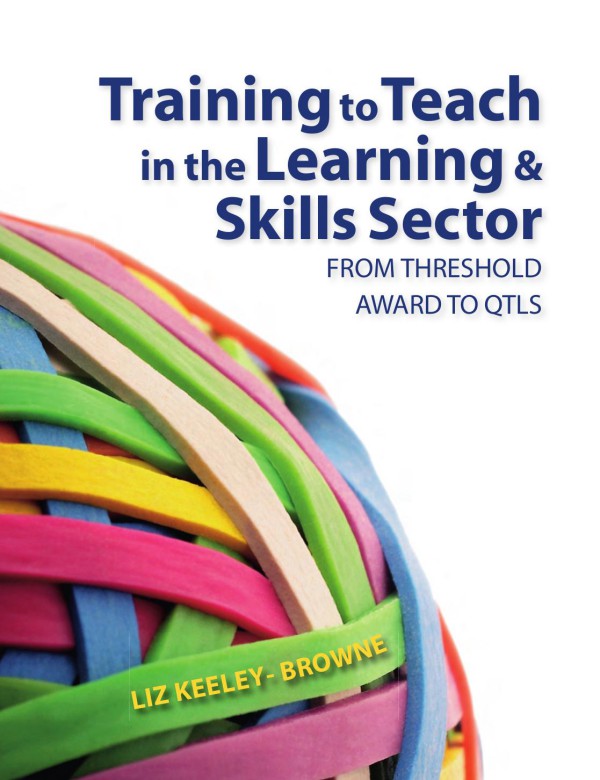
Product details:
ISBN 10: 1138411043
ISBN 13: 9781138411043
Author: Liz Keeley-Browne
This text takes a pragmatic approach to training to teach in the lifelong learning sector, relating theory to real practice through a wealth of cases, illustrations and interactive tasks. Whether at the beginning of training or already qualified, this book offers everything needed to acheive Qualified to Teach: Learning and Skills (QTLS).
Training to Teach in the Learning and Skills Sector From Threshold Award to QTLS 1st Table of contents:
1 The context for change New professional standards for teachers in the learning and skills sector
The context for change
New professional standards
Statutory requirements
The minimum core
Professional recognition
Star awards
Continuing professional development
The learning and skills sector
Recognising the skills of lecturers in the sector
The new technologies for teaching
Training to use the new technologies
Impact of technology
E-learning standards
Observation log and assessment record sheet
Preparing for the training period
Programme support
How can I qualify to teach in the learning and skills sector?
Key tips to take from this chapter
Assessment grid mapped to the standards
2 Professional values A focus on entitlement, equality and inclusiveness
Training to teach or training to teach your subject
Professional values, skills and competences
Standards expected of lecturers and trainers
The learners
The safe learner
Personalisation
Key tips to take from this chapter
Assessment grid mapped to the standards
3 Professional practice Creating effective and stimulating opportunities for learning
Achieving clarity for yourself and your learners
Applying the theory
Making objectives more explicit
Achieving your objectives
Domains of learning
Differentiated learning objectives
Teaching techniques and supporting resources
A focus on group work
Lesson structure and sequencing
The introduction
The development
The consolidation
The conclusion
Schemes of work and course aims
Schemes of work
Course aims
Key tips to take from this chapter
Assessment grid mapped to the standards
4 Professional skills Planning learning programmes to meet the needs and expectations of learners
How can I ensure I am effective as a teacher?
Surviving on your own
Answering the how questions
Micro-teaching
Preparing a micro-teaching session
Working with a mentor/subject learning coach
Subject learning coaches
Practising your observational skills
Reflective practice
Further evaluation
Using iclt in learning and teaching
Resource availability
Key tips to take from this chapter
Assessment grid mapped to the standards
5 Theory and practice Secure knowledge and understanding of what it means to teach
Why theory?
Meta-cognition
Learning styles
Information processing theory
Constructivist theories
Application
Key principles
Key principles
Conditions of learning
Key principles
Situated learning
Key principles
Peer-assisted learning
Purpose
Engagement theory
Principles
Key tips to take from this chapter
Assessment grid mapped to the standards
6 The new technologies for teaching Using ILT as an enhancement to learning
ICT competence
Clarifying the terminology
Additional skill development
Encouraging learners to manage their own learning
Planning to use ILT as part of a learning programme
Facilitating learning on-site using ILT
Facilitating learning online (using the intranet or internet)
Developing and adapting ILT materials
The assessment and tracking of learner achievements
Supporting the achievement of key skills
Resources to support teaching and learning
Search engines
Help with evaluating the quality of websites
Starter guides
Other sources
Java applets
Image libraries
WebQuests
Advantages of WebQuests
Blogs
SmartGroups
Using electronic methods to meet learners’ needs
Plagiarism
Key tips to take from this chapter
Assessment grid mapped to the standards
7 The curriculum contextualised Secure knowledge and understanding of the subject and curriculum
What do we mean by the term ‘curriculum’?
How is the curriculum constructed?
Some recent history
Curriculum policy
Overview of current policy
Entry-level qualifications
GCSEs
GNVQs
Key skills
NVQs
A levels
AEAs
VCEs
Pelts
Curriculum philosophy
Improving vocational education
Subject specificity remains
The context
Curriculum practice
Regional context
A model for curriculum practice
Back to the lesson plan
The national transformation project and the focus on teaching and learning
Summary
Key tips to take from this chapter
Assessment grid mapped to the standards
8 Skills for the twenty-first century Using the learner’s experience as a foundation for their learning
National strategy and its impact on the curriculum
Requirements for staff
The key skills qualification
The key skills qualification structure
The six key skills
Application of number
Communication
Working with others
Information technology
Problem solving
Improving own learning and performance
The personalisation agenda
Stretching able learners
Supporting those with additional needs
Identifying need and providing support
The safe learner
Personalising learning
Key tips to take from this chapter
Assessment grid mapped to the standards
9 Assessment Using feedback as a tool for learning and progression
The function of assessment
Presenting evidence for assessment
What is assessment?
Types of assessment and their purpose
Designing assessment tasks
Appropriateness of assessment task
Using assessment criteria
Different types of assessment
Group assessment
Peer- and self-assessment
Traditional assessment methods
Computer-assisted assessment
External testing
Helping students prepare for assessment
Understanding assessment criteria
Giving feedback
Adjustments for learners with a disability
Using feedback to help learners to improve
Assessing learning
Record keeping
Key tips to take from this chapter
Assessment grid mapped to the standards
10 Helping learners to achieve their full 10 potential Providing effective support to learners
Information, advice and guidance
Induction
Icebreakers
Tutorial schemes
Initial assessment
Use of individual learning plans
Planning to meet individual needs
Simple steps to success
Statutory responsibility
Learners with specific needs
Specific identified disabilities
Attention deficit/hyperactivity disorder
Helping learners with AD/HD
Useful websites
Dyslexia
Helping learners with dyslexia
Useful addresses
The autistic spectrum
What is autism?
What is Asperger syndrome?
How to recognise autism and Asperger syndrome
Symptoms and difficulties in relation to study
Helping learners with autistic spectrum disorders
Useful address
Using evaluation to inform practice
Setting targets
Retention and achievement strategies
Diversity issues
Diversity checklist
Key tips to take from this chapter
Assessment grid mapped to the standards
11 Enhancing learner behaviour Establishing and maintaining an effective learning environment
Enhancing, not managing
Classroom climate
Creating a positive climate
Rights and responsibilities
Agreeing the ground rules on a contractual basis
Classroom misbehaviour
Motivational dialogue
Challenging behaviour
Key tips to take from this chapter
Assessment grid mapped to the standards
12 Continuing professional development Developing by participating in formal and informal professional activities
Your skills and development pathway
Case exemplars
Recording your development activities
The planning cycle
Training routes
Basic skills lecturer
E-learning practitioner
Health and safety specialist
Mentor/coach role
Teacher trainer
Centres for Excellence Teacher Training
Leadership roles
Developing a professional and career profile
Keeping your CV up to date
Why maintain a CV?
What is in a CV?
Why keep an electronic CV?
Will all employers ask for a CV?
Is there a standard model of CV?
Key tips to take from this chapter
Assessment grid mapped to the standards
Example answers to selected tasks
People also search for Training to Teach in the Learning and Skills Sector From Threshold Award to QTLS 1st:
teaching and training skills
teacher training skills
training courses in training and development
teaching/training skills examples

